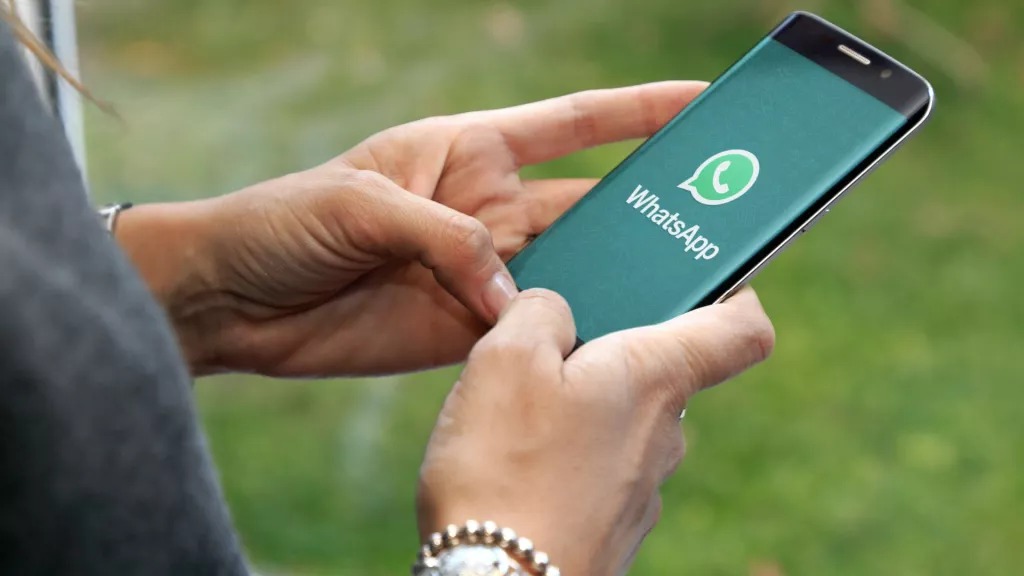
What are the implications of Huawei’s new phone series for Apple in China?
China’s Huawei Technologies (HWT.UL) has recently unveiled a new line of cellphones that has garnered significant international attention. This attention stems from the inclusion of technology that indicates the company’s potential ability to navigate around US sanctions, positioning itself as a potential rival to Apple (AAPL.O).
The Mate 60 and Mate 60 Pro were officially unveiled in late August, followed by the release of the Mate X5, a refreshed iteration of their foldable smartphones, and the Mate 60 Pro+ on Friday. The Mate 60 is priced at 5,999 yuan ($817.70) in China, which is equivalent to the price of Apple’s iPhone 14.
Below are several significant details concerning Huawei’s latest smartphone models, their suppliers, and the potential implications for the global smartphone market:
What are the capabilities of the Mate 60 Series?
Huawei has predominantly emphasized the handsets’ capability to facilitate satellite communications, enabling users to engage in voice calls or transmit messages in situations where mobile signals or internet connectivity may be absent, such as in remote mountainous areas or at sea.
The specific chips utilized in the device have not yet been made available to the public. However, TechInsights, an analysis firm, has identified that the phone is equipped with a newly developed Kirin 9000s chip, which is produced in China by Semiconductor Manufacturing International Corp. (SMIC) (0981.HK).
Based on speed tests conducted by consumers on Chinese social media, it has been observed that the Mate 60 Pro exhibits download rates that surpass those of leading 5G smartphones.
Chinese consumers who have conducted comparisons between the phones and Apple’s latest iPhone 14 have shared online reviews, highlighting the similarities in features such as storage capacity and memory. The recent announcement by Huawei coincides with Apple’s upcoming September 12 launch event for the iPhone 15.
However, Huawei has not made any public disclosures regarding the suppliers of the components used in their phones, but TechInsights has reported the presence of DRAM and NAND components from SK Hynix, a South Korean company, in the phones.
SK Hynix, a company that previously announced the cessation of business activities with Huawei following the imposition of restrictions by the United States in 2019.
Based on the analysis conducted by TechInsights, it has been observed that the Mate 60 Pro incorporates a higher proportion of semiconductor components manufactured in China compared to its previous iterations.
What does this new developments mean for Apple?
Huawei was once the world’s top smartphone company by sales, but its market share has slowly declined since the United States restricted its access to chip-making facilities required to produce the most advanced cellphone models. The corporation could only offer a limited number of 5G devices utilizing stored chips.
Its market share in China, the world’s largest smartphone market, has fallen to 11% so far this year, down from 27% in 2020, in part due to its decision to sell its cheap brand Honor to ensure its survival at that time.
Due to US limitations, Apple is now the leading manufacturer of luxury cellphones in China. According to data from research firm Counterpoint, Apple’s market share in China increased from 11% to 19% during the same period.
Analysts believe the Mate 60 marks Huawei’s return as a challenger, with sales aided by patriotic fervor as state media and internet users hail the launch as a rebuke to the US amid escalating tensions between Washington and Beijing.
According to Ming-Chi Kuo, an analyst at TF International Securities, the Mate 60 Pro will ship between 5.5 and 6 million units in the second half of this year, a 20% increase above previously expected quantities.
According to Kuo, cumulative shipments of the Mate 60 Pro might reach at least 12 million devices 12 months after introduction.
(1 US dollar = 7.3364 Chinese yuan renminbi)






